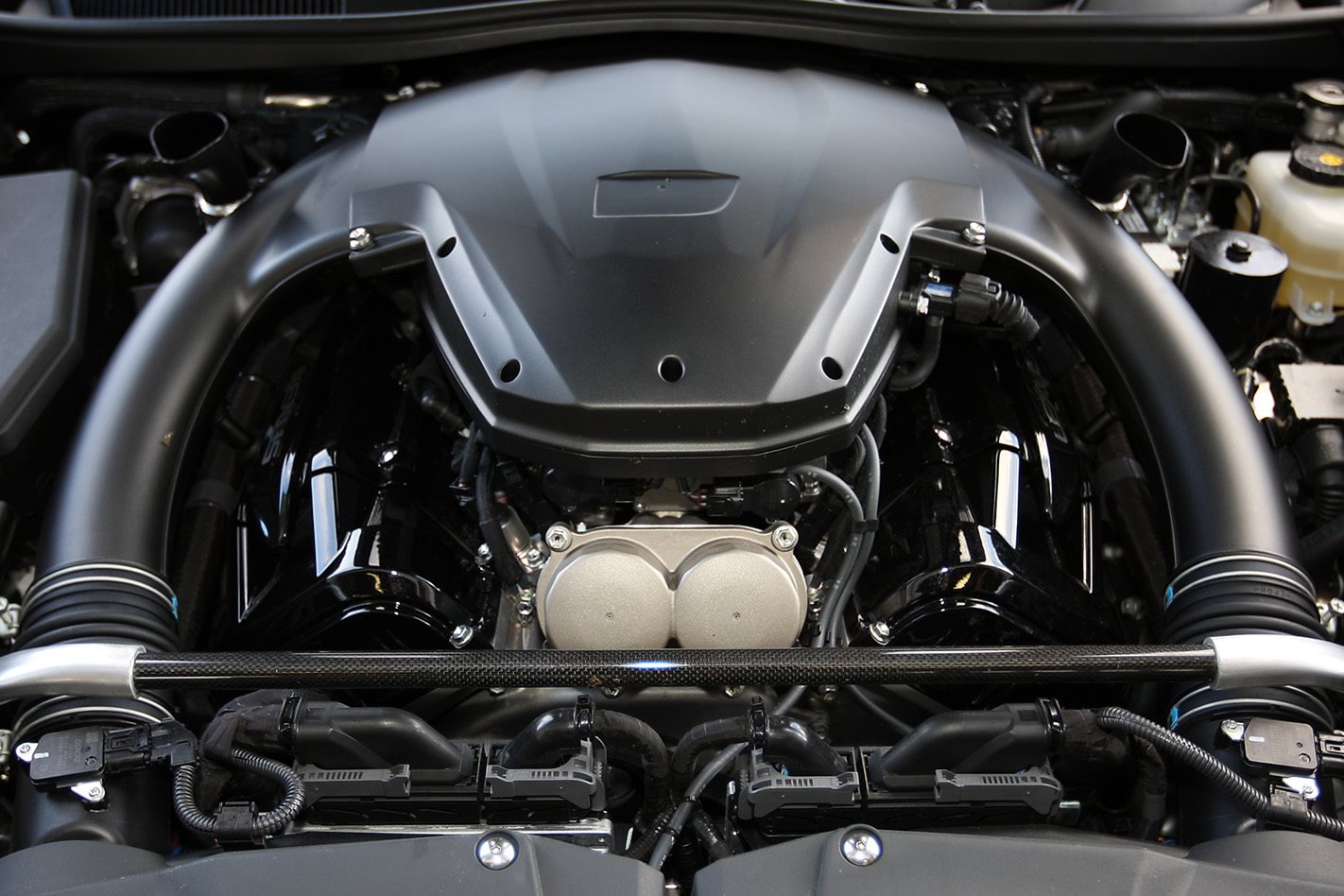There aren’t too many cars that owe their existence to a test track, but the Lexus LFA is one. In the 1980s, Shoichiro Toyoda and his cousin Eiji, then president of Toyota, hatched the idea of Lexus, the company’s luxury division. In order to challenge the likes of Mercedes and BMW, Lexus needed top-drawer engineering facilities. One major capital investment was the development of the Shibetsu proving ground in Hokkaido. This included a variety of road surfaces from around the world, challenging circuits, a high-speed bowl, and a suite of electronic safety monitors. Once completed, the engineers working there began to fantasise about which supercar they’d most like to drive there.
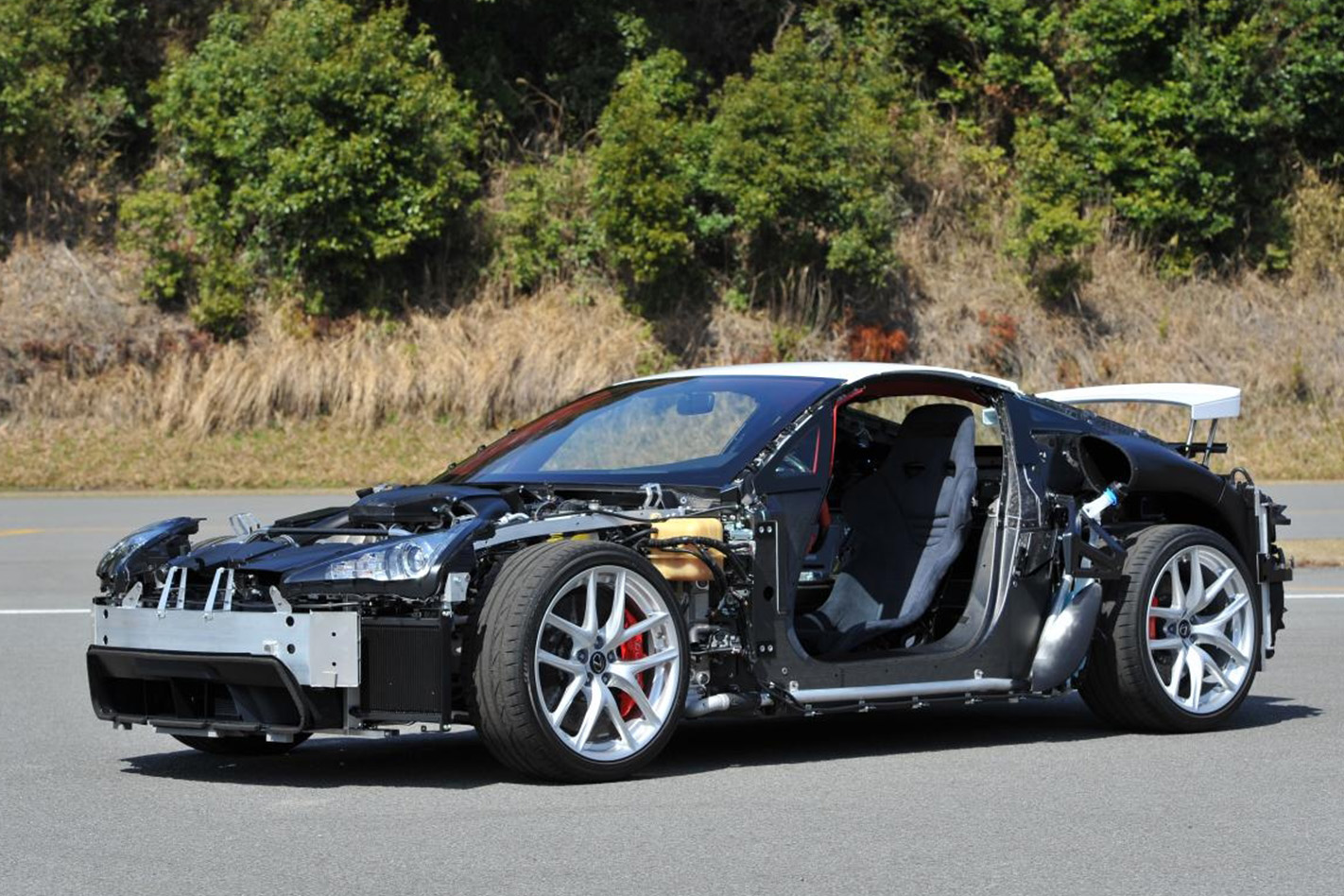
Haruhiko Tanahashi, the engineering guru behind the Toyota Celica GT-Four, saw beyond the speculation. Having driven the track in 2000, he gathered an informal skunkworks of colleagues to sketch out their concept for Lexus’ own theoretical supercar. He roped in TMC’s chief test driver and chief test engineer Hiromu Naruse, who put his stamp of approval on a front-mounted mid-engine design. They floated the idea with Akio Toyoda, an enthusiast driver and a family member with the ear of the top brass.
Toyoda realised the halo effect that a Lexus supercar could have. “Perhaps it could be the secret sauce… the secret sauce that flavours every car,” he figured. After pitching it to the board, there were few supporters. The cost would be high and little of its intellectual property could be transferred to other models. Akio Toyoda pleaded that the LFA proposal could never be assessed by TMC’s traditional customer research and opinion surveys. It was too specialist. They needed to make the market rather than respond to it.
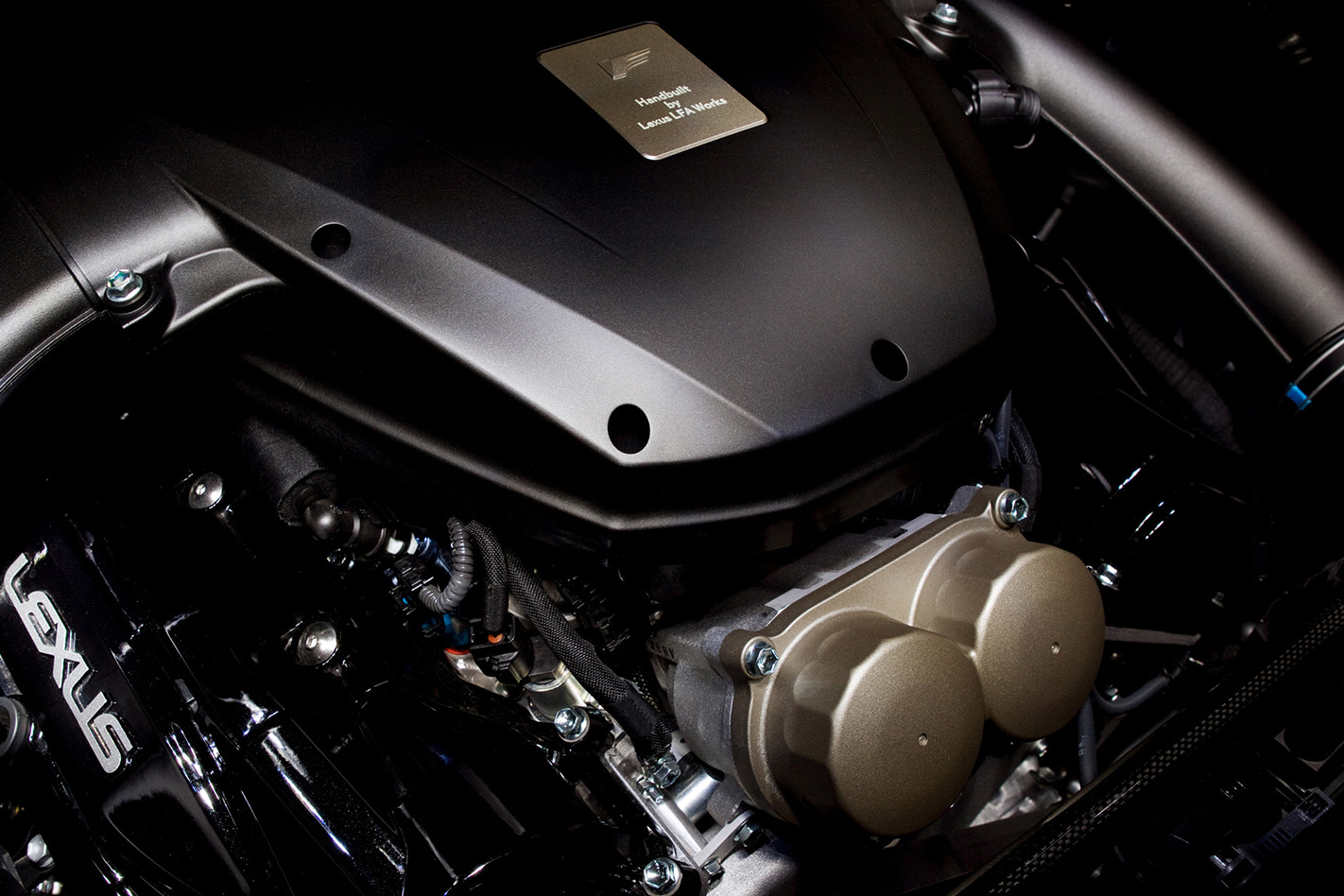
The caveat, when it came, was savage. Production would be capped at just 500 examples. The LFA needed to punch well above its weight and for that it needed a very special heart. The code name was typically Toyota-generic but the 1LR-GUE engine, co-developed between Lexus and Yamaha, was an astonishing piece of engineering.
Designing a clean-sheet 4.8-litre, dual-VVTi V10 from aluminium, magnesium and titanium alloys for a production run of just 500 cars seems, in today’s terms at least, excessive. That was the LFA’s ethos though. It was a statement of intent; an exemplar of exactly how special Lexus was. And this engine was special. It developed 412kW at 8700rpm, at which point it would wail like a V10-era F1 car exiting Degner 2 at Suzuka. Its specific output of 86kW per litre not only aced the 73kW per litre of the flagship Lamborghini of the day, the Murcielago LP640, but also shaded the 76kW per litre developed by Ferrari’s range topper, the 599 GTB.
Wheels put scribe John Carey into the driver’s seat of the car at the Nurburgring which, as press gigs go, has to be one of the plum picks. “At wide-open throttle, through the upper half of its rev range, the LFA accelerates with stunning, ridiculous ease,” he wrote for our November 2009 edition. “It’s as though the normal laws of motion and aerodynamics have been temporarily suspended.” Although the engine was originally designed to redline at 10,000rpm, the production version saw the redline lowered to 9000rpm for the purposes of durability. The engine would rev from idle to redline in less than 0.6 seconds. Otherwise, compromises were few.

To see the V10 out of the car is to marvel at the way the individual engine components seem shrinkwrapped around each other. It’s lighter than the 2GR-FSE V6 found in a Camry, thanks to all those exotic metals. Titanium alloy conrods, forged pistons, dry sump lubrication, oil coolers and crankcase ventilation chamber mounted inside the 72° vee-angle between each bank of cylinders: the LFA’s engine was a work of art.
The valves were made from titanium alloy, and were activated by ultra-lightweight rocker arms featuring a diamond-like wear-resistance coating and misted by integrated oil jets. Variable-valve timing on both the intake and exhaust sides ensured a broad spread of torque. Despite the peak torque figure of 480Nm being made at a nosebleed 6800rpm, at least 90 percent of that figure arrived from 3,700rpm.
Turbocharging was never an option, so getting the engine to breathe cleanly was a key engineering focus. Each cylinder was furnished with its own independently-controlled throttle body trumpet and, early on in the design brief, it was clear that airflow in needed to be as short and unrestricted as possible. This was also key in making the LFA sound as spine-tingling as it does.
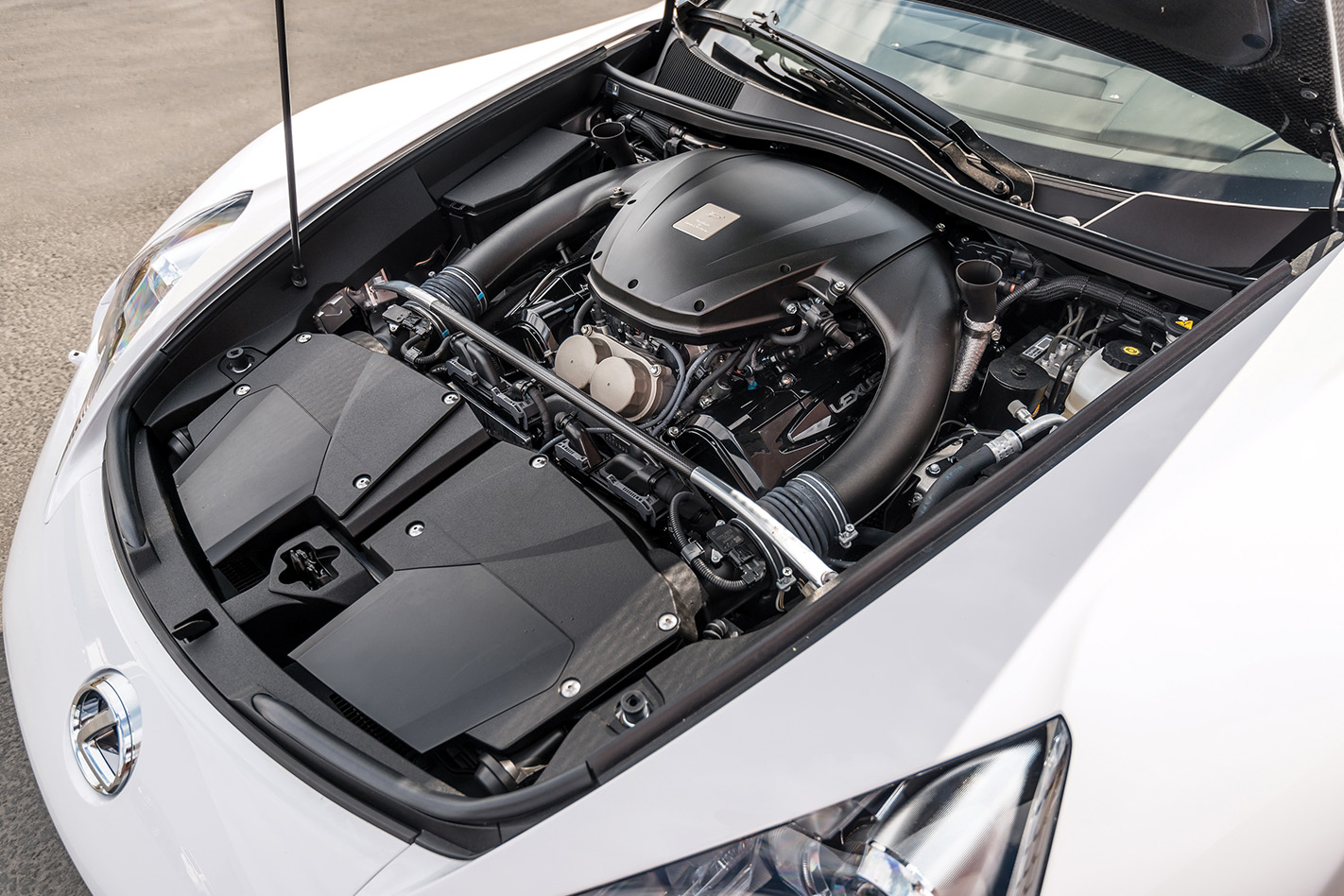
Air was channelled through a pair of intakes that switched from one inlet port at low engine demand to dual ports at higher revs. A surge tank within the intake acted as a resonator, helping create the 1LR-GUE’s instantly characteristic intake harmonics. Yamaha seconded acoustic engineers from their musical instrument division to help develop the horizontally split and ribbed tank.
At the other end of the engine, equal-length exhaust manifold runners reduced back pressure and fed into a titanium dual-stage rear silencer. Butterflies within the exhaust activated at 3000rpm, passing EU drive-by noise restrictions and giving a metallic, hard-edged top note at higher engine speeds. Both induction and exhaust sounds were also directed into the cabin through three channels, delivering an operatic crescendo as the engine soared towards its redline.
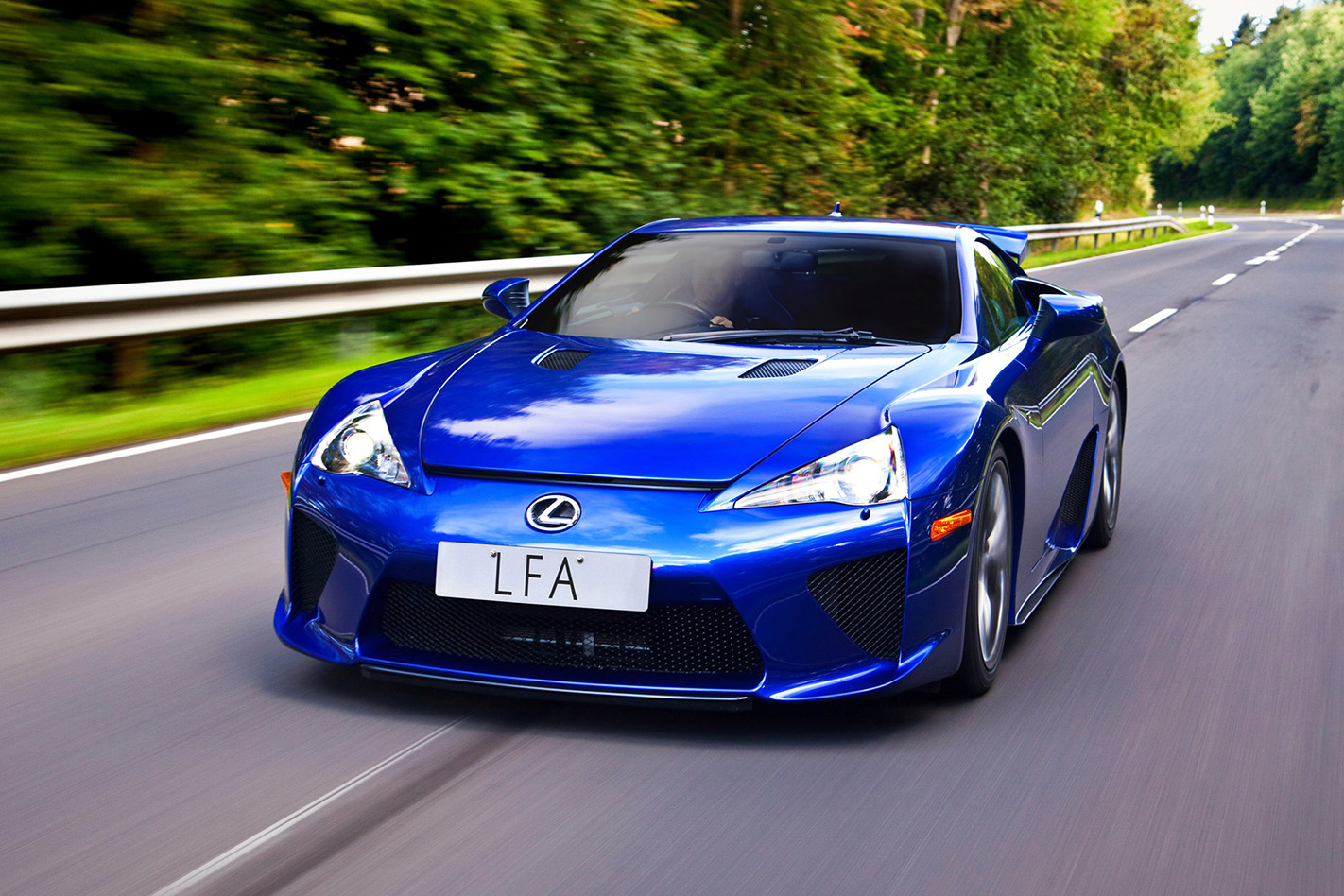
“What we needed – and what we created – was a car that moved the driver in more ways than one,” said Haruhiko Tanahashi, the LFA’s chief engineer. “The LFA was a car that stirred all the senses.”
The first LFA rolled from the Motomachi plant in December 2010. What should have been a celebration was muted. A few months earlier chief test driver Hiromu Naruse, the man who had formalised the fundamentals of the LFA, had been tragically killed in a road accident driving away from the Nürburgring where he had been putting the finishing touches on his masterpiece.
“I’m only halfway up the stairs,” he said of his future plans for racing and further developing the LFA. “I’m still ready for the next step.” That final step never came and Lexus’ hand-built exotic was stopped in its tracks, frozen like a time capsule, paying tribute to a particular moment of glorious excess. We may never see its like again.


